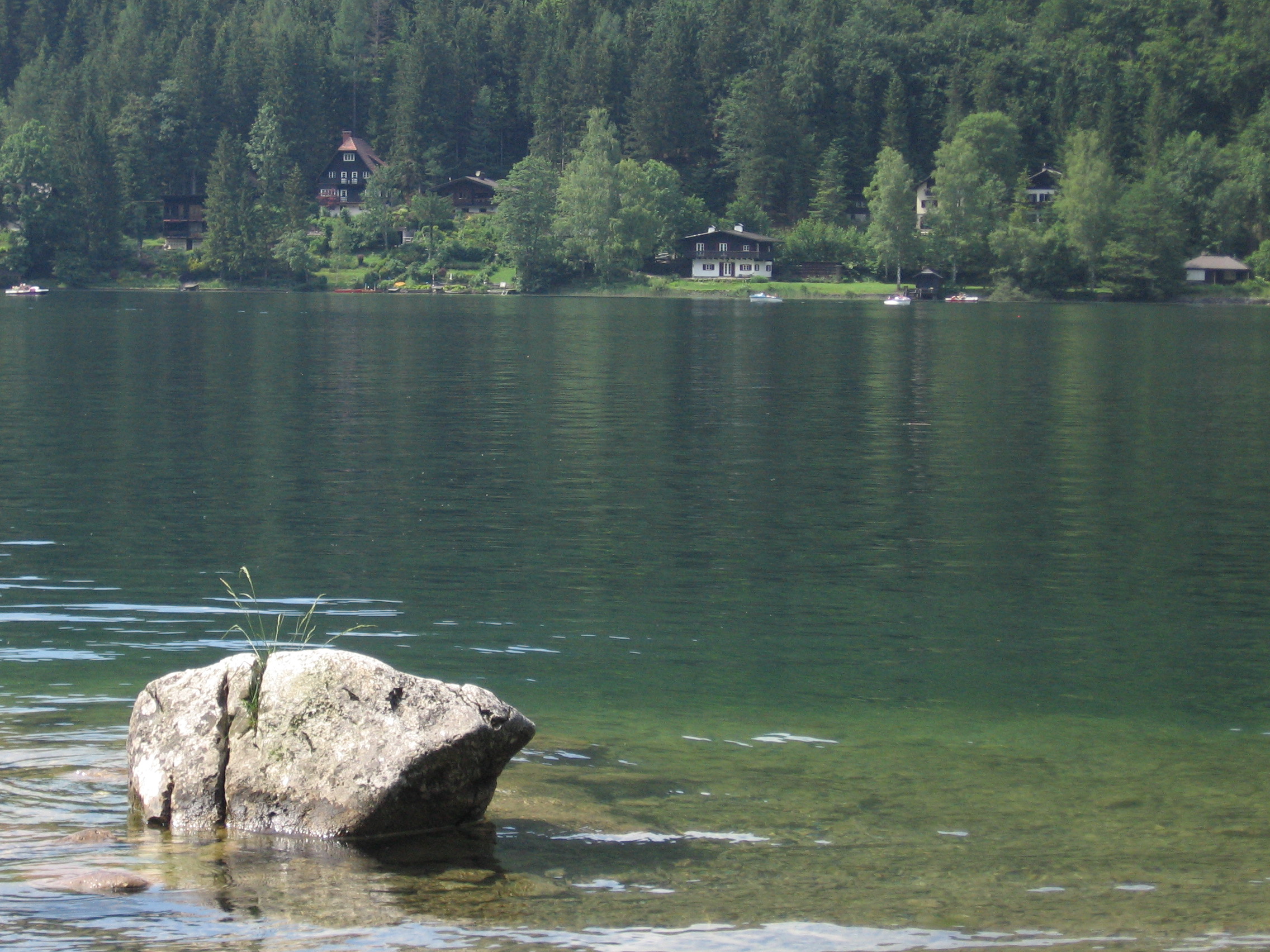Edith Kann on:
[Wikipedia]
[Google]
[Amazon]
Edith Kann (19 April 1907, Krems an der Donau – 7 October 1987, Vienna) was an Austrian teacher and botanist, specializing in phycology. She was a leading expert on blue-green algae.


Biography
Her father was a civil engineer and, in 1908, head of the construction project of the Wachau Railway inWillendorf Willendorf may refer to:
* Willendorf an der Schneebergbahn, Austria
* Willendorf in der Wachau, Austria
**Venus of Willendorf
The Venus of Willendorf is an Venus figurine estimated to have been made around 25,000-30,000 years ago. It was foun ...
when the famous Venus of Willendorf was found there on August 7, 1908. As a child, Edith Kann lived first in Spitz and from 1911 in Vienna. From 1918 to 1926 she attended the '' Realgymnasium'' for civil servants' daughters Vienna VIII, after which she completed the ''Lehramt'' (teacher qualification) for natural history and geography at the University of Vienna. In 1930 and 1931 she took part in limnological summer courses at the biological research station at Lunz am See
Lunz am See is a municipality in the district of Scheibbs, Lower Austria, Austria
Austria, , bar, Östareich officially the Republic of Austria, is a country in the southern part of Central Europe, lying in the Eastern Alps. It is a ...
and began her dissertation under Franz Ruttner (1882–1981) on the ecology of the littoral algae
Algae (; singular alga ) is an informal term for a large and diverse group of photosynthetic eukaryotic organisms. It is a polyphyletic grouping that includes species from multiple distinct clades. Included organisms range from unicellular mic ...
of the ''Lunzer See'' (Lake Lunz). On March 21, 1931, she received her doctorate "sub auspiciis Praesidentis
(Latin for ''Doctoral graduation under the auspices of the Federal President''), often abbreviated as doctoral graduation (German: ), is a special form of doctoral graduation and the highest possible distinction for academic achievements for a ...
" from the University of Vienna. On June 6, 1932, she passed her teaching examination. Because she became unemployed after the probationary year as a result of the global economic crisis, Kann went to Ankara as a private teacher from 1935 to 1936. When she returned to Vienna in 1937/38, she took a bioeconomics course at the university, but the final exam was abruptly cancelled due to the '' Anschluss''.
For 1938–1940 she received a scholarship from the Kaiser Wilhelm Society to study the ecology of littoral algae at the Hydrobiological Institute in Plön under the supervision of August Thienemann. In 1943 her fiancé, the Plön hydrobotanist Hartmut Roll (b. 1914), was killed in action. From 1940 to 1967 she taught at several secondary schools in Vienna (most recently for many years at the ''Realgymnasium'' at Rahlgasse 4 — about half a kilometer from the Leopold Museum).
After WW II she continued her algae studies in Lunz during the summer months, using material from lakes at home and abroad — partly with the aim of being able to make statements about the water quality according to the Trophic State Index (TSI). In the school year 1962/63 she was on leave for this purpose. Her main interest was the blue-green algae (Cyanophyta) from lakes and rivers
A river is a natural flowing watercourse, usually freshwater, flowing towards an ocean, sea, lake or another river. In some cases, a river flows into the ground and becomes dry at the end of its course without reaching another body of wate ...
, for which she also became a specialist in phycological systematics and corresponded with experts on a worldwide basis. In 1959 she founded the International Association for Cyanophyte Research (IAC) with the Zurich limnologist Otto Jaag (1900–1978) with periodic symposia for cyanophyte research. She was often involved with lectures at ''SIL
SIL, Sil and sil may refer to:
Organizations
* Servis Industries Limited, Pakistan
* Smithsonian Institution Libraries
* SIL International, formerly Summer Institute of Linguistics
* Apex Silver Mines (former American Stock Exchange ticker symb ...
'' conferences and always at limnological summer courses at Lake Lunz.
Two cataract operations in 1979 and 1980 did not curtail her studies using microscopy. Not until 1987 did her phycological studies end — in that year, she suffered a devastating stroke
A stroke is a medical condition in which poor blood flow to the brain causes cell death. There are two main types of stroke: ischemic, due to lack of blood flow, and hemorrhagic, due to bleeding. Both cause parts of the brain to stop functionin ...
on August 4 in Lunz and died on October 7th in Vienna.K. Anagnostidis, J. Komárek, D. Mollenhauer: ''In memoriam (Edith Kann, Gerhard Helmut Schwabe, Karol Starmach, Lothar Geitler)''. In: ''Cyanophyta/Cyanobacteria: Morphology, Taxonomy, Ecology. Proceedings of the 11th Symposium of the International Association for Cyanophyte Research Plön (Germany) 1989.'' Algological Studies, Supplement Volumes 64 (1991), pp. 559–572.
She was the sole author of 30 publications and co-author of 6 publications.
Eponyms
* '' Homoeothrix kannae'' (species named in honor of Edith Kann on the occasion of her eightieth birthday).Selected publications
* * * 1967 * 1970 * (15 tables and 24 illustrations) * 1973 * 1976 * *References